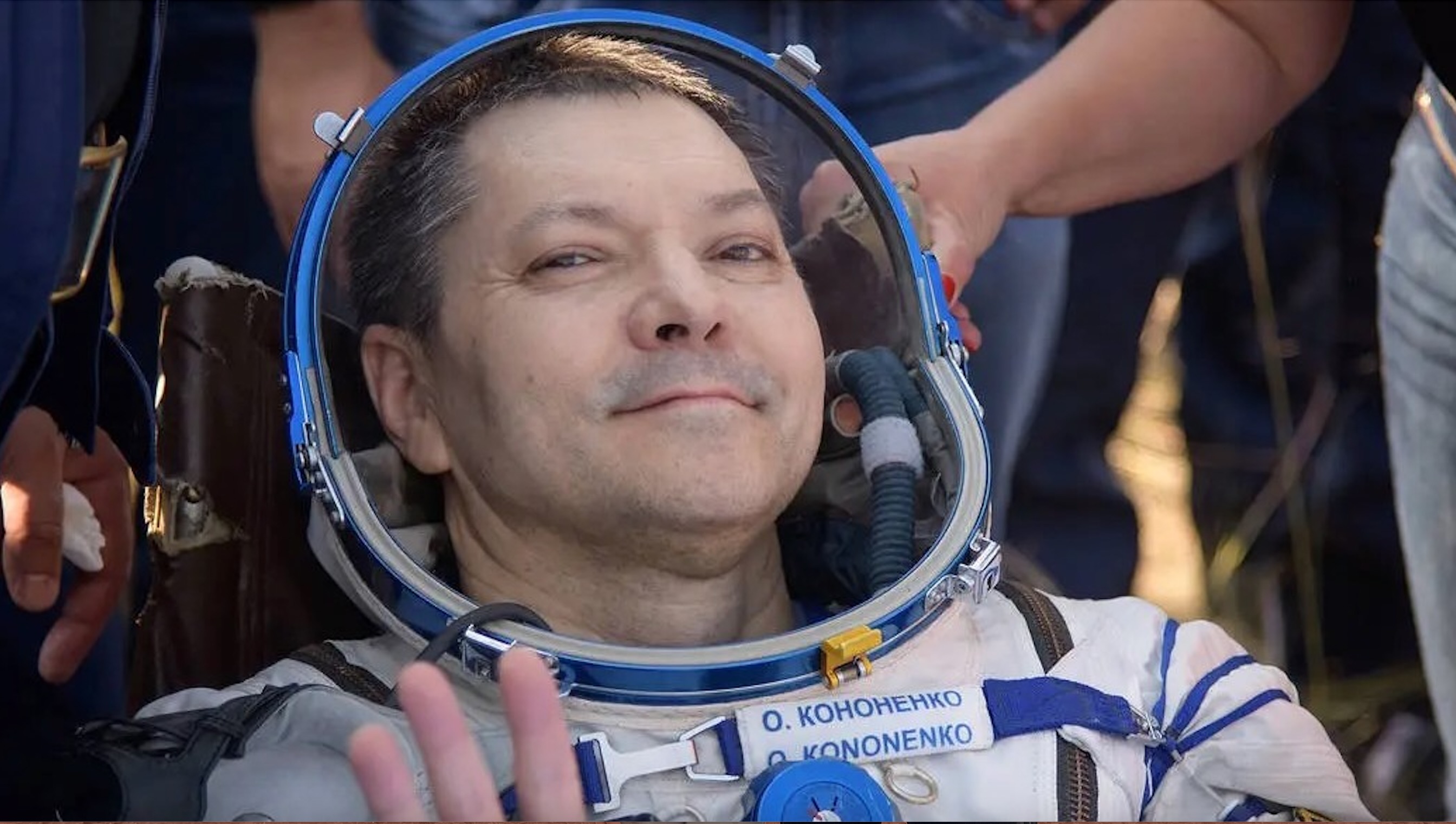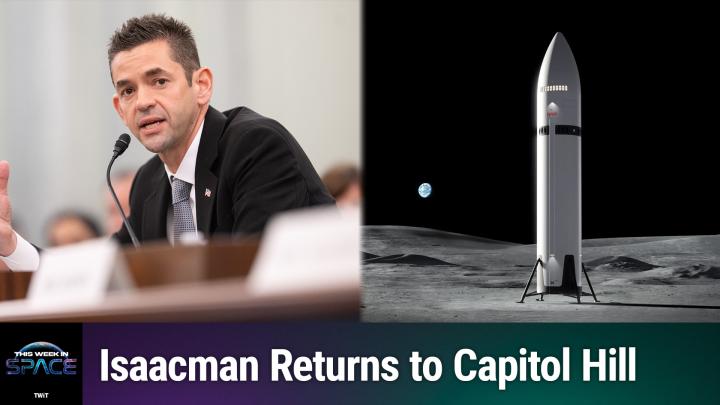879 days! Russian cosmonaut breaks record for total time spent in space

The spaceflight record books have just been rewritten.
Over the weekend, Russian cosmonaut Oleg Kononenko set a new mark for most total days spent off Earth, eclipsing the 878 days, 11 hours and 30 minutes of his countryman Gennady Padalka, according to Russia's state-run TASS news agency.
Kononenko launched to the International Space Station (ISS) last September for a stay that could last a full year, so he will continue to add to his newly set record for a while yet.
"It is expected that Oleg Kononenko will reach a total of 1,000 days in space on June 5, 2024 at 00:00:20 Moscow time. And upon completion of the annual expedition (September 23, 2024), [his] total flight time will be 1,110 days," Russia's federal space agency Roscosmos wrote in a post on Telegram. (The original post is in Russian; translation by Google.)
Related: The most extreme spaceflight records
Soviet and Russian cosmonauts dominate the spaceflight-duration record book. They hold the top eight slots on the most-total-time-in-space list, for example. Peggy Whitson, whose 675 days off Earth are the most by a NASA astronaut, is number nine overall.
And cosmonaut Valery Polyakov holds the single-flight duration record, spending nearly 438 consecutive days aboard Russia's Mir space station from January 1994 to March 1995.
The top American on that list is Frank Rubio, who recently spent 371 days aboard the ISS after his original ride home, a Russian Soyuz spacecraft, sprang a leak in orbit and had to be replaced.
Breaking space news, the latest updates on rocket launches, skywatching events and more!
The current mission is Kononenko's fifth spaceflight. He's currently serving as a flight engineer on the orbiting lab's Expedition 70, but he's scheduled to take the station's reins later this month, when current commander Andreas Mogenson comes back to Earth with the rest of SpaceX's Crew-7 mission.
The Crew-7 quartet will be replaced by the four astronauts of Crew-8, which is scheduled to lift off on Feb. 22 from Florida's Space Coast.

Michael Wall is a Senior Space Writer with Space.com and joined the team in 2010. He primarily covers exoplanets, spaceflight and military space, but has been known to dabble in the space art beat. His book about the search for alien life, "Out There," was published on Nov. 13, 2018. Before becoming a science writer, Michael worked as a herpetologist and wildlife biologist. He has a Ph.D. in evolutionary biology from the University of Sydney, Australia, a bachelor's degree from the University of Arizona, and a graduate certificate in science writing from the University of California, Santa Cruz. To find out what his latest project is, you can follow Michael on Twitter.
